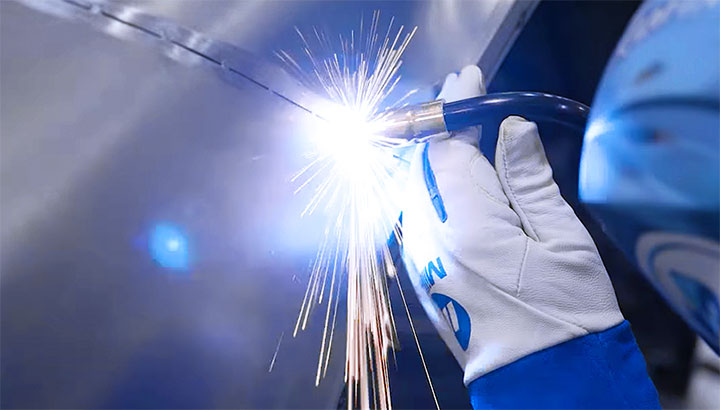The world functions as it does today because of welding techniques. Every industry in the United States depends on welding at some stage of its design. The products may be sheets, tubing, or angles and can be thick or thin. Welding any shape requires training and caution, but welding thin materials is especially precarious.
As a metal welder, you should know the importance of protecting yourself from the equipment you’re working on. Welding thin material brings with it extra dangers, including spatter and distortion. Use these best practices to help reduce those problems, increase the quality of your results, and stay safe.
1. Aluminum
One of the most common materials used in the welding industry is aluminum. It’s also one of the thinnest, so it requires substantial preparation before you weld a joint.
First, ensure the weld joint is clean. Since aluminum has a heavy layer of oxide, if you don’t remove that layer with a wire brush or by grinding it off, you’ll get an uneven weld. The oxide layer has a higher melting point than the rest of the sheet.
You’ll also need a filler metal, either ER4043/ER4047 or ER5356, whichever matches the base.

2. Stainless Steel
When using stainless steel, most people go with the pulsed GMAW method. You can also use the SCT option as long as you increase the power source’s inductance. This helps boost the puddle control.
If you’re welding 304 stainless steel, you’ll need a 308 filler metal. However, if the steel is a 316, a matching filler is necessary. Stainless to carbon welding requires a 309 filler.
Choosing the shielding gas mixture is essential. Note that Gas Metal Arc Welding (GMAW) mixtures for stainless steel have a high argon count. Figure out what you need before you begin welding, as any other mixtures with nitrogen or helium may give you a better result but cost more.
3. Carbon Steel
Plain carbon steel and stainless steel have similar practices. However, you have more choices with carbon steel.
When you’re welding a super-thin carbon steel material (up to 14 gauge), GMAW processes are optimal. Short-circuiting transfer (SCT) mode with a slight drag or neutral angle (going in the direction of travel) gives you the best results and the least spatter. Use a 0.023 E70-S2, 3, or 6 filler metal. The shielding gas doesn’t have as much argon as the stainless steel counterparts. But if you’re using a high-argon content gas, use pulsed GMAW.
Should you decide to use flux-cored arc welding (FCAW), be prepared to have an extra slag layer show up when you’re done. This needs to be removed quickly. FCAW also produces more smoke and spatter, but it’s popular with on-site welding if you have a flux-cored wire.
One more method is the GTAW, gas tungsten arc welding. This process is ideal when you have low-volume applications that need top-quality results. You won’t have any spatter, and your final weld is as impressive as it gets. You may not even need a filler material. However, this isn’t for new welders, as you’ll need experienced skills to ensure minimal distortion and fine details. It also works best with 100% argon as a shielding gas.






